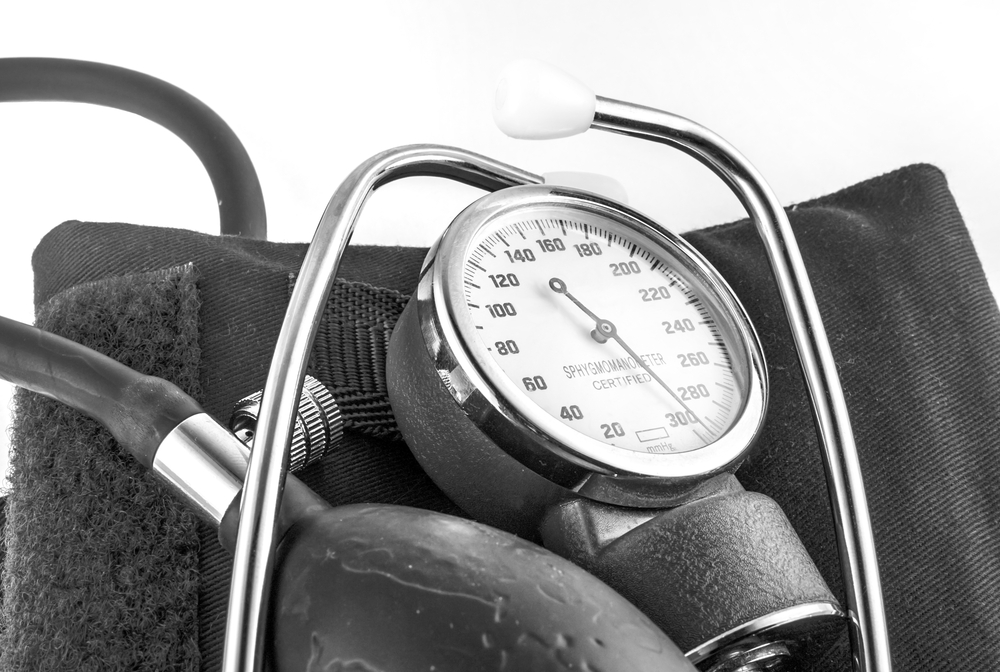In a special symposium feature in The American Journal of Medical Sciences, researchers recently discussed the realities concerning the high risk of cardiovascular disease (CVD), particularly in women. According to the researchers, this risk usually begins during childhood and changes at different stages of life.
To understand the risk factors for CVDs in females, two symposium papers examined the risk from childhood and adolescence through the reproductive years to menopause and beyond. The results of the studies were recently presented during the 2015 Southern Regional Annual Meeting, a conference supported by the SSCI in collaboration with other Southern medical organizations.
In one of the papers, Dr. Marie “Tonette” Krousel-Wood of Tulane University in New Orleans demonstrated the importance of women and girls’ health behaviors. Even in the wake of the recent progress concerning the prevention of CVD, the rates of coronary heart disease continue to increase, particularly in middle-aged women.
Not taking medications as prescribed by doctors is a key impediment for the effective control of blood pressure, and this is increasingly occurring in children with hypertension. For adults, the adherence to prescribed medications is lower in women than men.
“Despite the negative impact of low adherence on disease control, healthcare providers do not routinely assess adherence in clinical practice,” Dr. Krousel-Wood wrote according to a recent news release.
The risk factors associated with women’s low therapeutic adherence include poor communication with clinicians and the presence of depressive symptoms. Results from recent studies have shown that measuring adherence is a predictor of CVD risks in patients with hypertension. Dr. Krousel-Wood concluded, “Together, the objective and self-reported adherence measures provide complementary information that can guide appropriate engagement of patients and providers in the management of high blood pressure and other chronic conditions.”
In the second paper, Dr. Suzanne Oparil and colleagues from the University of Alabama at Birmingham highlighted current knowledge concerning the “timing hypothesis” of the effects of estrogen on the risk for CVD in postmenopausal women. Recent studies have shown that after menopause, taking estrogen supplements can reduce the risk of CVD risk. However, results from randomized trials have shown no special benefit from hormone replacement therapy.
According to the timing hypothesis, hormone replacement reduces the risk for CVD if patients begin taking it as soon as they reach menopause. In contrast, later estrogen replacement increases the risk for CVD.
Recent studies with animals have shown that the hormone 17-beta estradiol (E2) delays the progression of CVD and has been also found to reduce vascular injury response. However, more studies are needed to understand the effects of aging on cellular responses to estrogen, which may lead to the development of “estrogen rescue” methods and new prospects to using E2 for CVD prevention.
Drs. Krousel-Wood and Oparil hope their reports increase the amount of attention being paid in the research community to the risk of CVD in females at all stages of life. In an editorial, Dr. Daniel Villarreal of SUNY Upstate Medical University concluded that, “Their insightful analyses establish clear present and future directions for the investigation and management of this ever-growing and challenging problem.”


